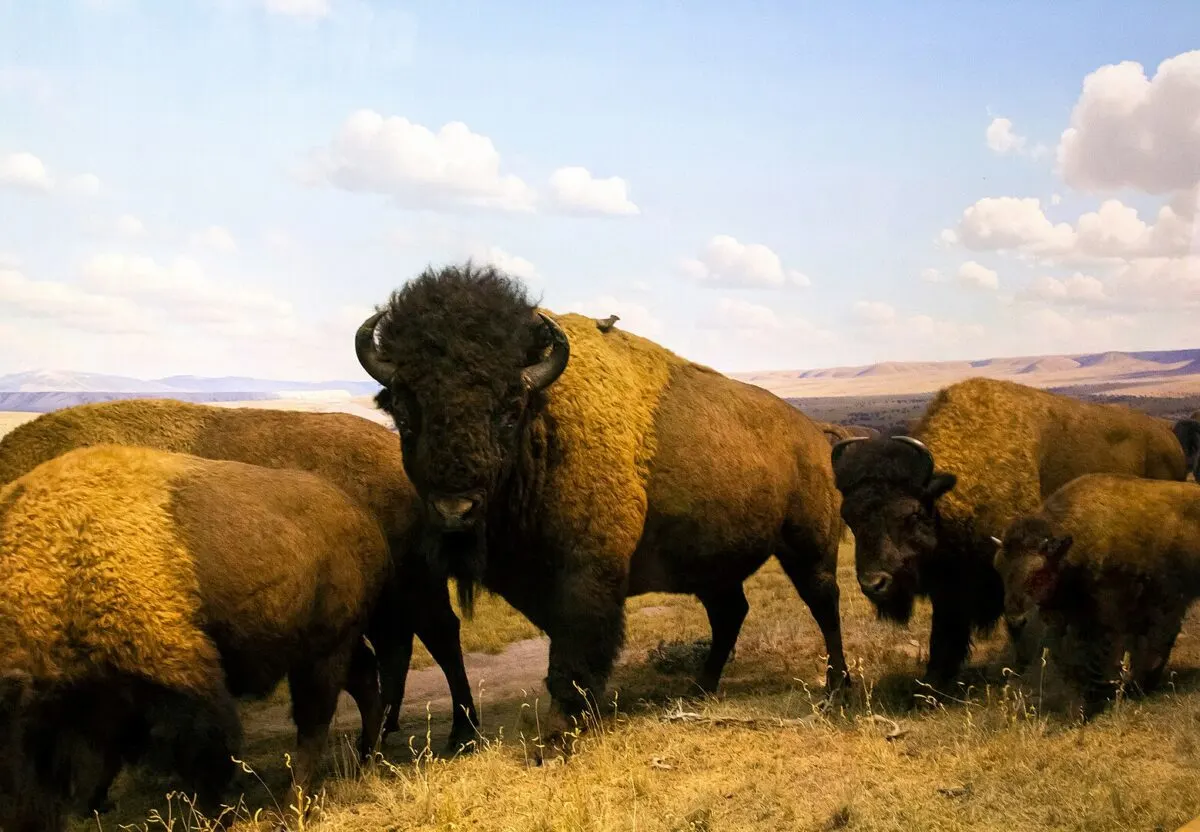Have you ever seen a Bison out in the wild? These majestic animals have been part of human history since before recorded time and continue to form an integral part of our lives. They graze on open plains, providing sustenance for the Meeteetse Wildlife Refuge in Wyoming and reminding us of our need to be stewards of nature.
In this guideline, we will explore captivating information about these exceptional beings, covering aspects such as their dietary habits and significance as symbols of Americana. Whether you are passionate about wildlife preservation or just curious to learn more about these mighty bovines, join us as we take a closer look at one of the most recognizable beasts of North America
Introducing The American Bison
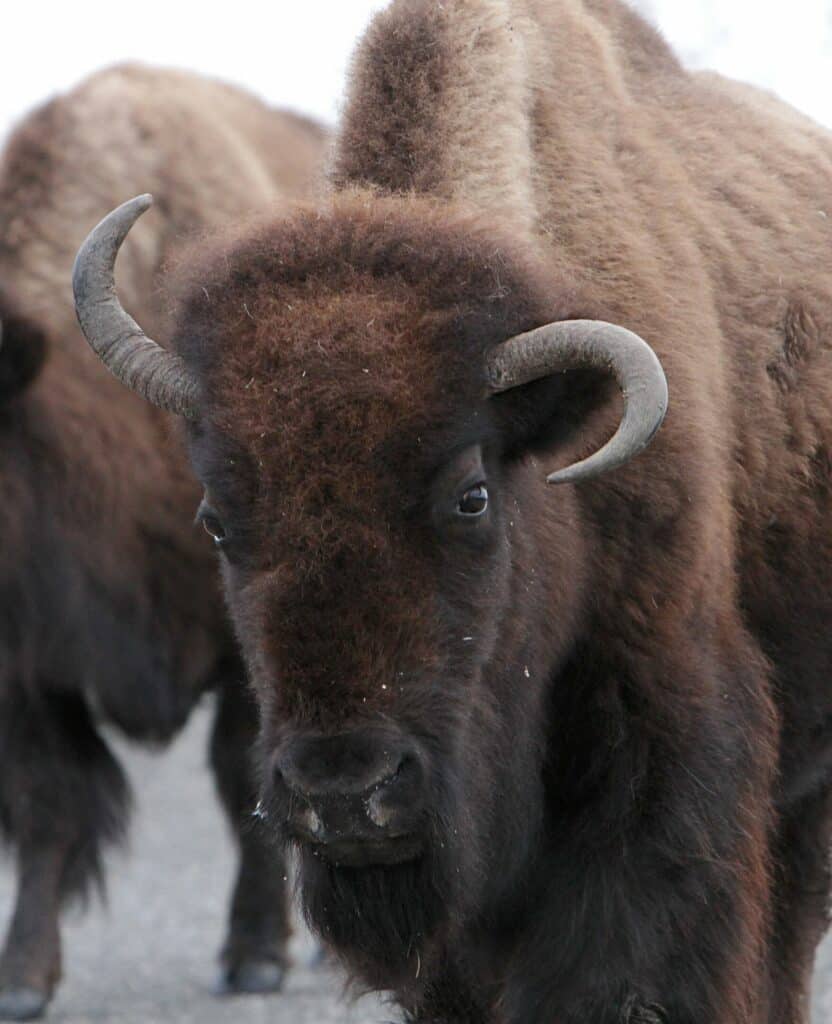
The American bison: a majestic creature that once roamed the American prairies in staggering numbers. While often referred to as a buffalo, the American beast, scientifically known as Brawny bison, is a distinct species and the largest mammal in North America. They can weigh up to 2,000 pounds and reach over six feet.
In Native American culture, these animals have held great importance and people historically hunted them for their meat, hides, and bones, which served numerous purposes.Thankfully, their population has rebounded due to conservation efforts since their near extinction in the late 1800s.
Today, visitors to national parks such as Yellowstone may glimpse these awe-inspiring creatures grazing on the landscape. The American beast remains an important icon of the American West, symbolizing strength, resilience, and endurance.
Overview of Physical Characteristics, Habitat, and Diet
Also called American buffaloes, these iconic animals are native to North America.They possess a unique and imposing physical build, featuring a substantial body structure, where both males and females can reach weights of up to 2,000 pounds and stand as tall as six feet at the shoulder.
Their heavy, shaggy fur coat comes in shades of brown, from dark chocolate to reddish-brown. The fur provides insulation against cold climates during winter and protects the skin from insect bites and sunburn.
Also, Bison inhabit grasslands, savannas, and prairies across the United States and Canada. They are known to have a high tolerance for extreme climates, from hot and dry climates to sub-zero temperatures in the winter. As grazers, they require open habitats, and their primary food source is grass and other low-lying vegetation. Their broad, flat-topped teeth make it easy for them to chew grass and other tough plant material.
They possess a distinctive digestive system that enables them to thrive on poor-quality forage, setting them apart in the animal kingdom. They have a massive rumen, the first stomach compartment that breaks down the cellulose in the tough plant material. The rumen ferments the food upon entry before it moves to the other three stomach chambers, where they continue the digestive process. The bacteria and microbes in the rumen assist in breaking down the plant material and extracting the necessary nutrients.
The growth of human activity and modernization has significantly reduced the habitat of buffalo. Once ranging from Alaska to northern Mexico, they now have only a small population remaining in the wild. Private reserves or national parks, like Yellowstone National Park, house most of today’s buffalo, with the largest remaining buffalo herd located there. Conservation efforts, including controlled hunting and breeding, manage these herds.
Historical Significance of Bison and How They Almost Became Extinct
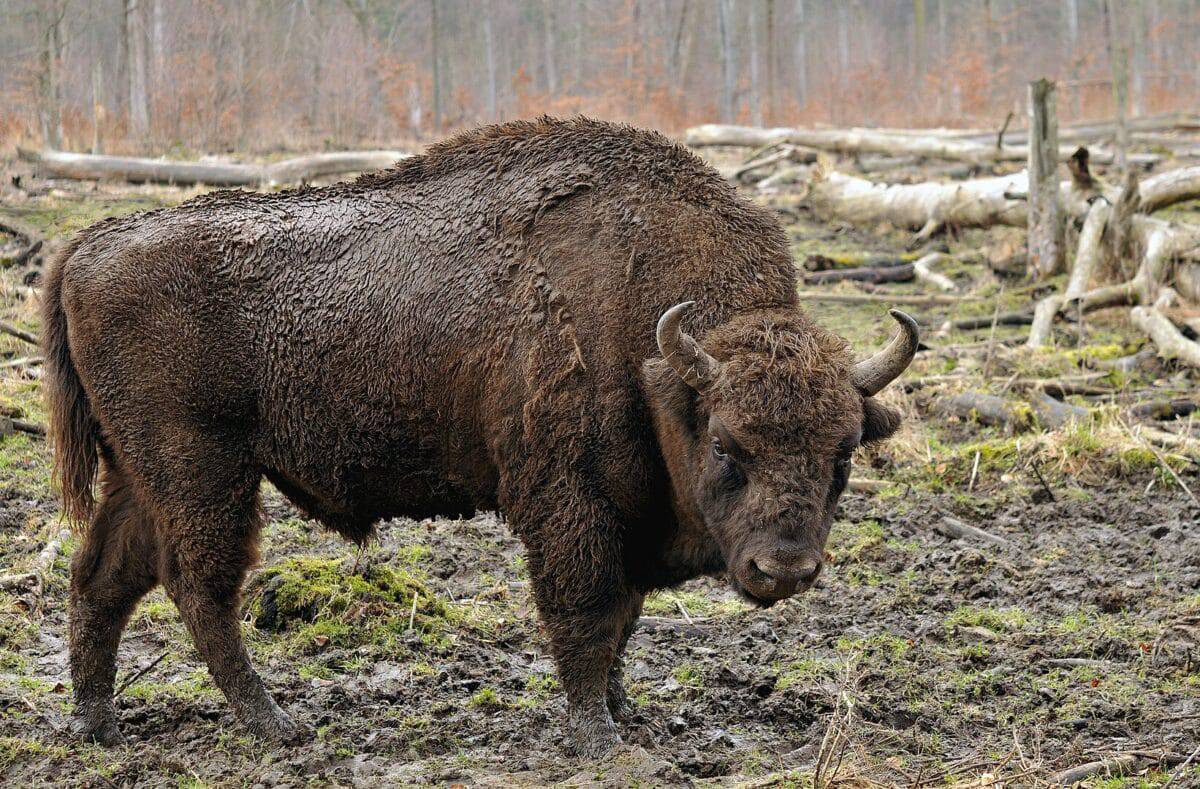
The significance of bison in North American history cannot be understated. For centuries, these majestic animals provided essential resources, including food, clothing, and shelter, for the Indigenous peoples of the Great Plains.
Nonetheless, towards the end of the 19th century, the bison population was perilously close to extinction due to the relentless activities of commercial hunters. The decimation of the bison population had devastating consequences for Indigenous cultures and sparked concern from conservationists, who feared the loss of this iconic species.
The bison has made a remarkable comeback today, although their numbers remain a fraction of what they were before European settlement. The historical significance of bison and their near demise is a powerful reminder of our need to balance human progress with preserving the natural world.
Conservation Efforts to Reintroduce Bison into the Wild
Conservation efforts to reintroduce bison into the wild have been ongoing for decades, as these majestic animals were nearly driven to extinction in the late 1800s. Bison were hunted for their meat, hides, and pelts at an unsustainable rate, leading to a rapid decline in their population.
Currently, endeavors are underway to reestablish bison populations in their native environment by implementing reintroduction initiatives. These programs involve carefully selecting healthy and genetically diverse bison herds and then relocating them to protected areas where they can thrive.
The hope is that by reintroducing bison into the wild, we can help preserve the species and protect the ecosystems in which they play a critical role. Conservation efforts have already seen success, but continued action is necessary to ensure the survival of these iconic animals.
Differences Between Wood Bison and Plains Bison
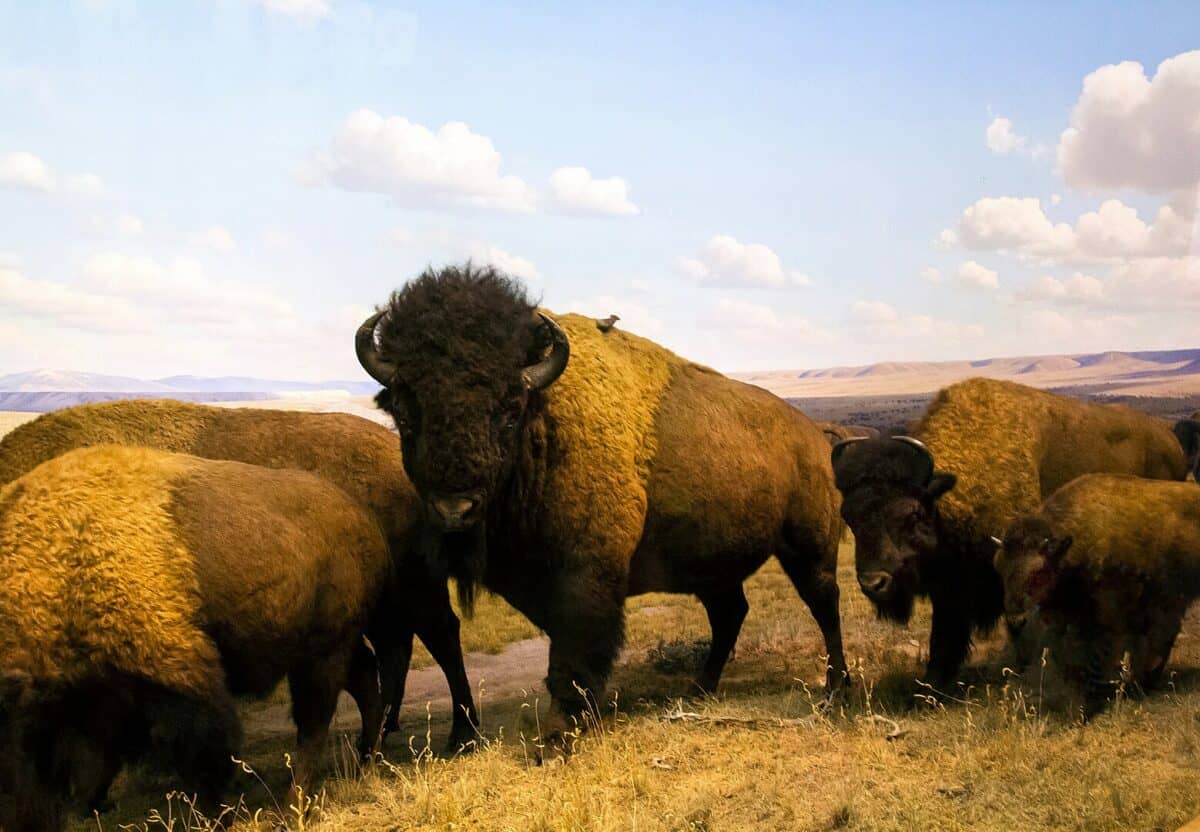
Bison, also known as American buffalo, can be broadly categorized into Wood Bison and Plains Bison. While they share many similarities in appearance, facts reveal significant differences in habitat and distribution.
Wood Bison are native to the forested areas of Alaska, Yukon, and Northwest Territories, while Plains Bison are found in grasslands and prairies of the United States, Canada, and Mexico. Wood Bison are generally larger and bulkier than Plains Bison, with a hump that appears more prominent. Additionally, they have longer hair and a beard, while Plains Bison have shorter hair and no beard.
Where to Find Bison in North America Today
Thanks to dedicated conservation efforts, several national parks, wildlife refuges, and private ranches across North America have made it possible to witness the beauty of bison in their natural habitat. In the U.S., you can see bison roaming freely in prominent locations like Yellowstone National Park, Badlands National Park, and Theodore Roosevelt National Park.
Canada’s Banff National Park, Elk Island National Park, and Jasper National Park are other notable destinations. Several private ranches on the Great Plains, such as the Zapata Ranch and the Wild Idea Buffalo Company, offer unique opportunities for visitors to witness the bison’s daily life, learn about conservation efforts, and even sample bison meat.
Benefits of Having a Pet Bison
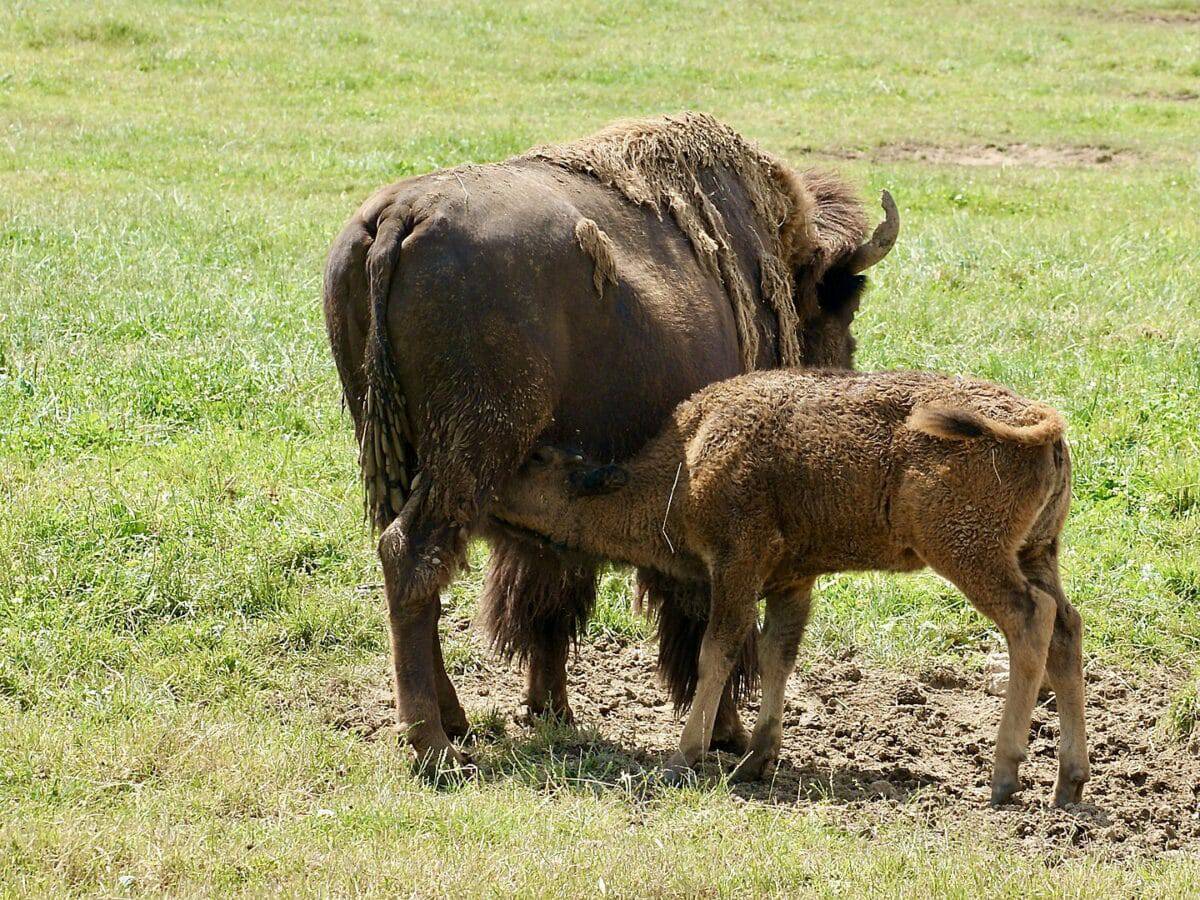
Though unconventional, keeping a bison as a pet can prove to be a rewarding venture for those equipped with the necessary space and resources. However, it’s crucial to bear in mind that owning a bison comes tethered to specific regulations and responsibilities. In the U.S., wildlife agencies generally issue permits for possessing a pet bison solely for educational or agricultural motives. Proprietors must also ensure proper provision of space, shelter, and sustenance for these creatures, which can weigh up to 2000 pounds. Despite the hurdles, embracing a pet bison can yield manifold advantages, including a heightened connection to nature, a deeper comprehension of and reverence for wildlife, and the delight of befriending an unparalleled animal companion.
Frequently Asked Questions
What do bison eat?
Bison are herbivores and mostly eat grasses. When grass is scarce in winter, they also eat shrubs, tree bark, and sedges.
What is the difference between a bison and a buffalo?
People often use the terms bison and buffalo interchangeably, but in technical terms, these refer to two unique animals. Bison are native to North America, while buffalo originate from Africa. Furthermore, bison have a shaggy mane on their necks, a feature absent in buffalo.
Why are bison important to Native American culture?
For thousands of years, Native American culture has held bison as an important part. In addition, Native Americans often used bison in religious ceremonies and viewed them as sacred animals. Today, bison maintain deep cultural significance for many Native American communities.
Conclusion
As we now understand, bison are integral to our understanding of human history and provide important lessons today. We have explored the impressive power of these animals, from their resilience against nature’s most extreme conditions to their place in the circle of life.
Learning more about the stoic strength of bison can spur us on to continue championing their protection, as well as other wildlife both near and far. From here, further research can lead us to discover more about this beautiful animal and its importance to pre-colonization times; may our new knowledge help us move forward into a better future for all species in danger!
Now that you’ve read this guide, share facts about Bison with those around you; they will certainly appreciate it!
Enjoyed this article? Check out these: Aardwolf, African Elephant Vs. Sumatran Rhinoceros, Unraveling the Secrets of the Black-Footed Ferret, Top 10 Deciduous Forest Animals, and Python vs. Chinese Cobra – A Deadly Duel in the Animal Kingdom
Join our Forum for free today!

- Top 10 Savanna Animals - June 3, 2024
- American Bulldog – Cute Ball of Fear - May 31, 2024
- Mammoths Vs. Mastodons - May 31, 2024

